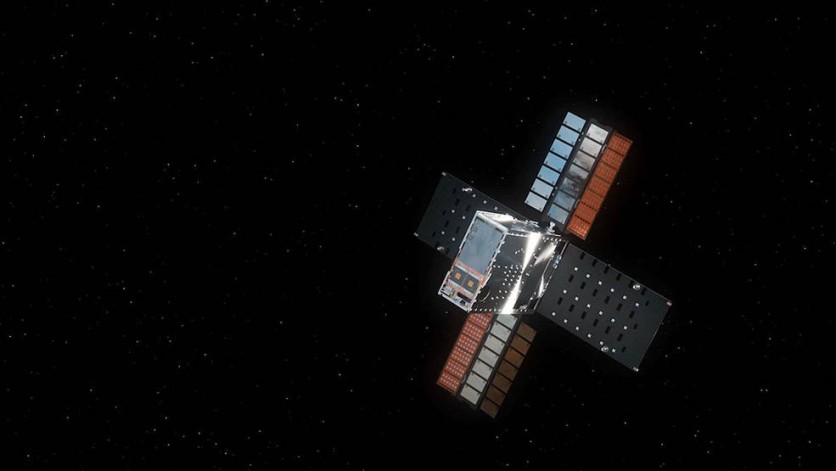NASA may have finished its recent Artemis I Mission which centered on its unmanned launch toward the Moon, but those are not the only ventures it has for the lunar surface. The space agency has one more that was recently launched earlier today, Sunday, December 11, and it is called the "Lunar Flashlight" in the form of a SmallSat.
This is another small satellite venture from NASA that will take on a daring journey towards the lunar surface, one that would focus on looking into the Moon's unlit area for further investigations.
NASA Lunar Flashlight Launched for its 4-Month Journey

The national space agency announced that it recently launched a "SmallSat" toward the Moon, and its main purpose is to learn more about its structure, particularly its dark areas. The satellite's journey would take four months as per its astronomers' approximation before it reaches the Moon to lock itself on its gravity and begin its probe.
The Lunar Flashlight launched from the Cape Canaveral Station in Florida, with the spacecraft released from its carrier 53 minutes after its launch.
According to NASA's Jet Propulsion Laboratory, the small spacecraft would not return to the Earth even after it has done its mission.
The public may view the Lunar Flashlight's real-time journey via the Eyes on the Solar System from NASA.
Read Also : NASA's CAPSTONE CubeSat Touches Down on the Moon
Lunar Flashlight: What is NASA's Latest Venture?
The Lunar Flashlight is a NASA venture that would investigate the darker areas and regions of the Moon to learn more about its surface water ice. According to NASA, it will use a "reflectometer equipped with four lasers that emit near-infrared light in wavelengths readily absorbed by surface water ice."
The light would indicate if there is water ice presence in the said areas when the light is absorbed by the surface-unlike when hitting the rock, the light reflects the spacecraft.
NASA and its Moon Missions
Apart from the widely-famous NASA Artemis mission that will continue the previous Apollo manned flights towards the Moon, NASA also has a different focus on probes for the lunar surface. All of the missions toward the Earth's Moon now are experimental ones, and it centers on gauging the current situations and experiences there are when going to it.
One good example would be the NASA CAPSTONE mission where the space agency sent a CubeSat toward the lunar surface. Its main mission is to provide information about the Moon's orbit and gravity, one that would send data and information to the Artemis team in preparation for its future launches to avoid any problems or challenges.
Now, another small satellite is heading toward the Moon for a different mission, and this time, it centers on learning more about the lesser-known areas of the lunar surface.
NASA's Lunar Flashlight already started its four-month journey toward the Moon, soon to give information and answers as to what astronomers are trying to find out about its surface water ice, for further studies.

![Apple Watch Series 10 [GPS 42mm]](https://d.techtimes.com/en/full/453899/apple-watch-series-10-gps-42mm.jpg?w=184&h=103&f=9fb3c2ea2db928c663d1d2eadbcb3e52)



